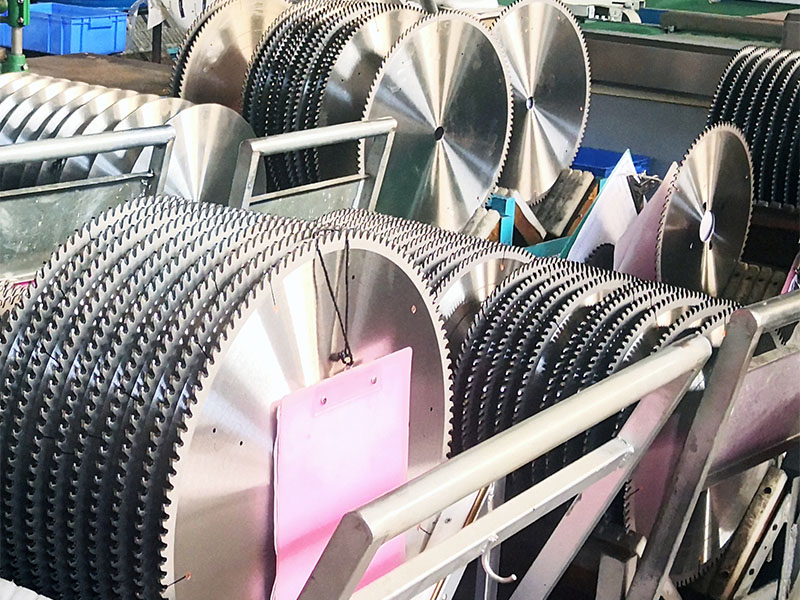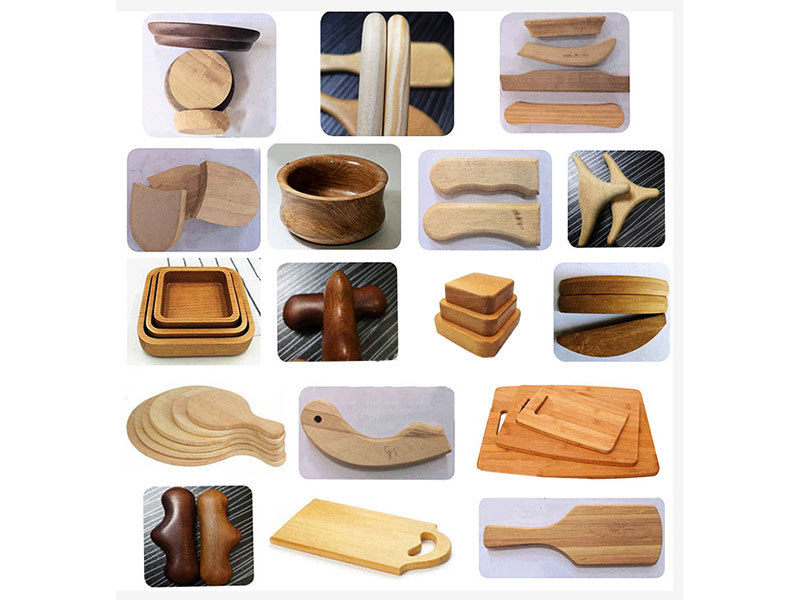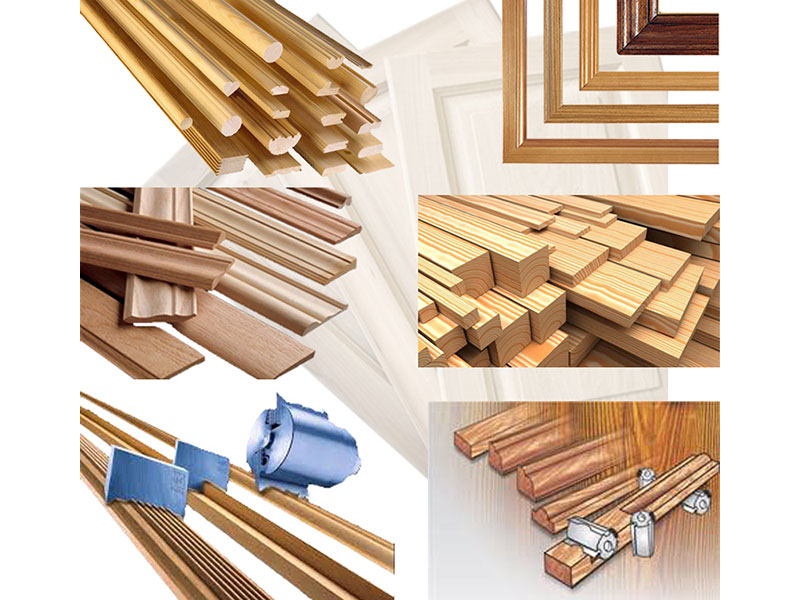What is the difference between a hydraulic press and a mechanical press?
What is the difference between a mechanical press and a hydraulic press? While serving the same purpose and most share the same general anatomy, there are some key differences between mechanical and hydraulic punches.
Mechanical power
Mechanical presses generate power mechanically, which means that the motor is connected in various ways to the crankshaft, which cycles the stampings back and forth, completing a complete job. The motor that generates the momentum is attached to the flywheel by a conveyor belt, and on a simple punch, the motor is attached to the crankshaft and controlled by an accompanying clutch.
On some large presses the flywheel will be linked to the pinion which is connected to an additional gear that rotates the crankshaft, on straight side presses there will usually be two pinions and gears, running a single crankshaft.
While the mechanical press is running continuously, the main flywheel on the right provides the clutch with power from the motor to continuously cycle the crankshaft.
The advantages of mechanical punch
Speed: Mechanical presses run faster than hydraulic presses, which can improve output and efficiency.
The tonnage stability at the bottom of the stroke, when using a mechanical press, the maximum tonnage delivery is carried out in a smaller window compared to a hydraulic press. However, the main credit goes to the speed at which the mechanical press operates, the absolute limit the press will reach at the bottom of its stroke.
hydraulic press
The hydraulic press has no flywheel and is mainly operated by the pressure of hydraulic oil.
Hydraulic punch presses use pressurized hydraulic oil, just like other hydraulic machines, the punching parts of the hydraulic press are connected to the cylinder, which receives the hydraulic oil through a motor that pumps the fluid.
Hydraulic presses tend to be used for slower deep-drawing parts, and the reason why hydraulic presses are used for deep-drawing parts is that hydraulic power can provide a more stable source of pressure over a wider range of strokes than mechanical presses.
Hydraulic presses can also be used to run faster parts, however, the faster the press runs, the less ability to run deep drawn parts. It is also critical to ensure proper force is applied at the bottom of the stroke to avoid overworking the material causing tearing and potential damage to the die and press.
This is the stamping part of the hydraulic press, as you can see, the oil line there is directly connected to the stamping part, forcing the hydraulic oil to operate the punch.
The advantages of hydraulic press
With great forming and stretching capabilities, hydraulic presses have a wider window within the stroke path because compressed air requires less movement to apply its full force than rotating motors and flywheels and is more suitable for smaller runs.
Changes in closed height do not affect the force that can be applied
Both mechanical and hydraulic presses have their advantages and disadvantages, but given the different parts and functions that can be created using molds, there will always be a place for both types of presses.
Mechanical power
Mechanical presses generate power mechanically, which means that the motor is connected in various ways to the crankshaft, which cycles the stampings back and forth, completing a complete job. The motor that generates the momentum is attached to the flywheel by a conveyor belt, and on a simple punch, the motor is attached to the crankshaft and controlled by an accompanying clutch.
On some large presses the flywheel will be linked to the pinion which is connected to an additional gear that rotates the crankshaft, on straight side presses there will usually be two pinions and gears, running a single crankshaft.
While the mechanical press is running continuously, the main flywheel on the right provides the clutch with power from the motor to continuously cycle the crankshaft.
The advantages of mechanical punch
Speed: Mechanical presses run faster than hydraulic presses, which can improve output and efficiency.
The tonnage stability at the bottom of the stroke, when using a mechanical press, the maximum tonnage delivery is carried out in a smaller window compared to a hydraulic press. However, the main credit goes to the speed at which the mechanical press operates, the absolute limit the press will reach at the bottom of its stroke.
hydraulic press
The hydraulic press has no flywheel and is mainly operated by the pressure of hydraulic oil.
Hydraulic punch presses use pressurized hydraulic oil, just like other hydraulic machines, the punching parts of the hydraulic press are connected to the cylinder, which receives the hydraulic oil through a motor that pumps the fluid.
Hydraulic presses tend to be used for slower deep-drawing parts, and the reason why hydraulic presses are used for deep-drawing parts is that hydraulic power can provide a more stable source of pressure over a wider range of strokes than mechanical presses.
Hydraulic presses can also be used to run faster parts, however, the faster the press runs, the less ability to run deep drawn parts. It is also critical to ensure proper force is applied at the bottom of the stroke to avoid overworking the material causing tearing and potential damage to the die and press.
This is the stamping part of the hydraulic press, as you can see, the oil line there is directly connected to the stamping part, forcing the hydraulic oil to operate the punch.
The advantages of hydraulic press
With great forming and stretching capabilities, hydraulic presses have a wider window within the stroke path because compressed air requires less movement to apply its full force than rotating motors and flywheels and is more suitable for smaller runs.
Changes in closed height do not affect the force that can be applied
Both mechanical and hydraulic presses have their advantages and disadvantages, but given the different parts and functions that can be created using molds, there will always be a place for both types of presses.




